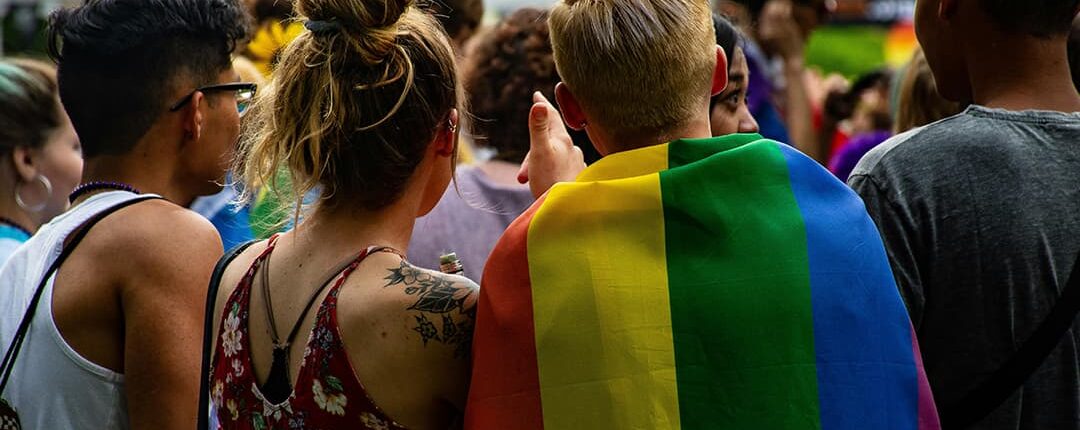In the 1990s, Europe began to think about creating powerful linking levers that would connect people living on the European continent. From this realization, the idea of forming the European Union was born. However, thinking about the development of a new union also carries risks, especially for LGBTQI people living in countries with repressive governments outside the European Union, who will find it much more difficult to enter European countries in the changed political situation.
The organizers of London Pride, the Gay and Lesbian Pride Organizing Committee (LAGPOC) were concerned about discrimination against LGBTQI people living outside the UK, so at a meeting held in late 1991 it was decided that the following year’s Pride event would be called Europride, thus supporting LGBTQI people in the UK and beyond, including in other Commonwealth and European countries.
In the months following the historic LAGPOC meeting, the organizers were actively preparing for the London Pride event, while also contacting, sending posters and brochures to other European cities where Pride events were taking place, including Paris, Berlin and Amsterdam. At the time, it was much more difficult to make connections internationally, to involve many countries in the process of organizing the event, but press releases were sent out to LGBTQI media outlets in various countries, and soon articles were published in Norway, Germany, Italy, the United States, and elsewhere.
It is debatable who came up with the name of the event, Eupropride, although many activists say the term belongs to LAGPOC member Willie Milton, who died of AIDS-related complications 2 months before the Europe-wide march.
More than 100,000 people joined the first Europride – LGBT people and supporters took to the streets of central London, followed by a concert in Brockwell Park. Bars of London’s “gay scene” set up booths in the park, HIV and sexual health organizations took part in the event to take care of raising awareness, queer businesses were represented on site, and information tents were set up for people of different ethnicities and races, which was considered a step forward at the time.
The first Europride was attended by people from Germany, France, the Netherlands and Spain. In the video covering the days of the event you will see an open discussion of political topics – the Norwegian guests openly criticized British Prime Minister John Major for his inadequate actions in terms of LGBTQ equality, but it took almost a decade before the British authorities started to think about significant changes.
After the 1992 Europride, a special issue of the magazine was also published to provide a discourse on the current situation in terms of LGBTQI rights in Europe. Homosexual relations between men were still illegal in Cyprus, Estonia, Ireland, Latvia, Lithuania and in Romania relations between women were also prohibited.
